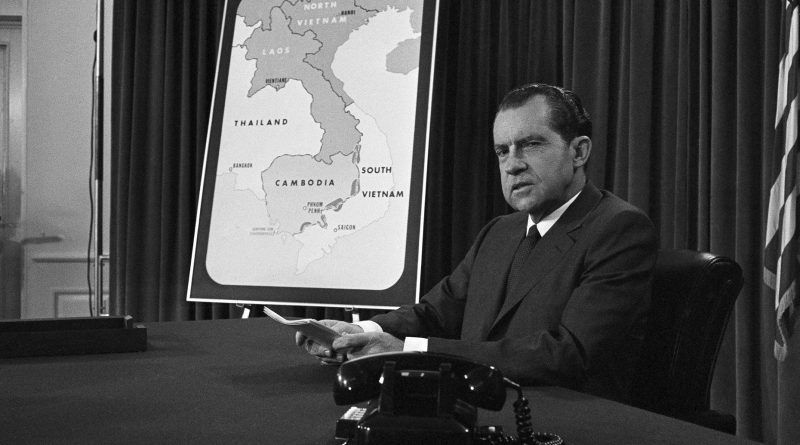April 28 in U.S. military history
1907: A detachment of Marines from the gunboat USS Paducah (PG-18) land in Honduras to protect American nationals during a conflict with Nicaragua.
1944: As allied ships rehearse for the upcoming Normandy Invasion on the English coast, they come under fire by nine torpedo-armed German E-Boats in Lyme Bay. Two tank landing ships are sunk and one is damaged, killing 749 soldiers and sailors. Gen. Dwight Eisenhower wanted live ammunition to prepare the troops for the landing so the remaining soldiers that hit the beach were accidentally bombarded by British ships, killing around 300 more troops.

1965: A battalion of U.S. Marines land at Haina in the Dominican Republic to protect American nationals following the outbreak of civil war. In two days, Pres. Lyndon B. Johnson sends thousands of soldiers from the 82nd Airborne and Marines from the 6th Marine Expeditionary Brigade to the island to prevent the nation from falling to communism.
1967: Boxing legend Muhammad Ali refuses to take the oath of enlistment after being drafted for service in the Armed Forces and is immediately stripped of his championship. It is three years before he is able to box again.
1970: Pres. Richard Nixon authorizes U.S. military incursions into Cambodia. While the country was officially neutral, Communist forces used Cambodia as a safe haven and staging area for cross-border operations into South Vietnam. While falling short of its major goals: eliminating a significant number of enemy troops or capturing their headquarters, troops capture a massive amount of weapons, ammunition, equipment, and supplies – so much so that after the incursion ends in July, Nixon declares the Cambodian campaign “the most successful military operation of the entire war.”
